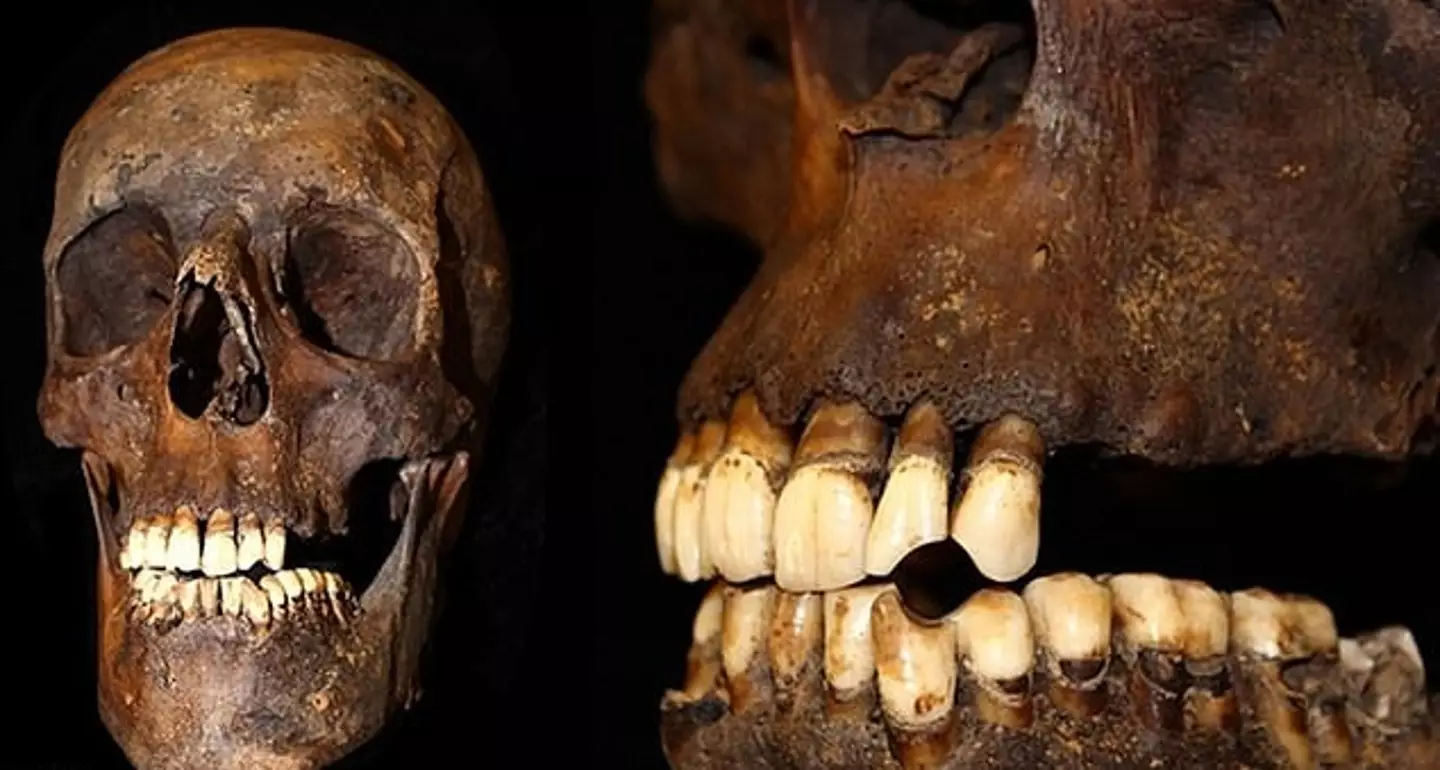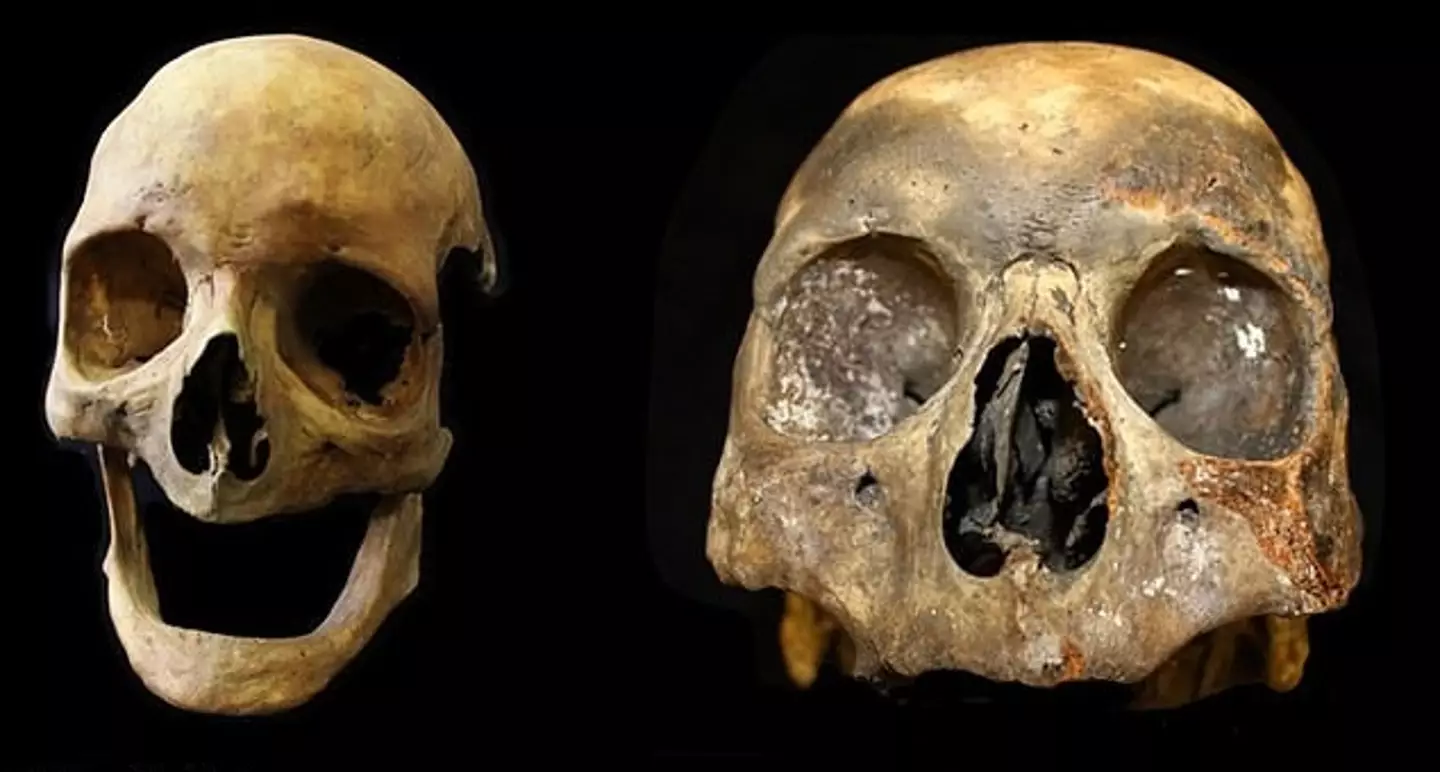“Unveiling the Chilling Truth: What Smoking Truly Does to Your Body After You Die!”
Have you ever wondered just how much damage a little puffing can do? A fascinating new study has gone deep into the detrimental effects of smoking, examining our bones—yes, bones!—both historically and in modern times. Researchers at the University of Leicester have revealed some startling findings about the long-term impact of tobacco on our skeletal structure, using images that might make you cringe. In the UK alone, smoking claimed an estimated 74,600 lives around 2019—that’s enough to make anyone reconsider that next drag. But beyond the grim statistics, this groundbreaking research takes us back to the remnants of over a hundred individuals interred in England from AD 1150 to 1855, shedding light on how tobacco’s shadow lingers even in death. These revelations could not only alter our understanding of smoking’s legacy but may also help us connect the dots to our health today. Curious to see what they found? LEARN MORE.
A new study has explored the dangerous effects smoking has on your body in the past and the present.
Researchers from the University of Leicester have taken a look at the impact smoking has on your bones in the long term, sharing images of just how damaging it can be.
In the UK alone, there were estimated to be 74,600 deaths attributable to smoking, the stats from 2019 suggest.

Shocking images show what smoking does to your bones (University of Leicester)
That number represented 15 percent of all deaths in 2019, according to the NHS.
Now, the scientists decided to take a look at the remains of over a hundred people which were buried in England between AD 1150 and 1855.
This ‘groundbreaking research’ was basically done to ‘understand health conditions in the past and their relationship to current trends’.
And this timeframe coincided with the arrival of tobacco in Western Europe in the 16th century.
The name Sir Walter Raleigh might ring a bell, as he’s credited with bringing tobacco to England from Virginia on 27 July, 1586.
That being said, tobacco was also already being grown in England by the early 1570s.
Back to the study, the human remains showed that tobacco smoke left chemical molecules in the gnashers that could stay there forever.

Researchers from the University of Leicester have taken a look at the impact smoking has on your bones in the long term (University of Leicester)
This is as well as staining and denting your teeth.
Lead author Dr Sarah Inskip explained: “Our research shows that there are significant differences in the molecular features contained in bone of past tobacco users and non-users.
“This potentially shows that we can see the impact that tobacco use has on the structure of our skeletons.”
The researchers also noted: “Tobacco consumption affects human health, but no studies have investigated its effect on the bone metabolome, or if any changes are traceable after long postmortem intervals.
“Human osteoarchaeological remains preserve small molecules, making them valuable for studies that aim to examine past conditions.

Scientists called it a ‘groundbreaking study’ (University of Leicester)
“We test if there are molecular differences in the metabolome of cortical bone between archaeological individuals who used tobacco and those who did not, and if these differences are distinct enough to assign tobacco use status to individuals with unknown tobacco use.
“Tobacco consumption leaves a metabolic record in human bone distinctive enough to identify its use in individuals of unknown tobacco consumption.
“This groundbreaking research shows that archaeo-metabolomics has a lot to offer in terms of understanding past phenotypes, like tobacco smoking.
“[This] can help us better understand health conditions in the past and their relationship to current trends.”
The study, titled Archaeometabolomics characterizes phenotypic differences in human cortical bone at a molecular level relating to tobacco use, can be read in full on Science Advances.










